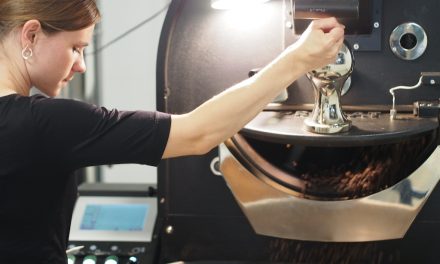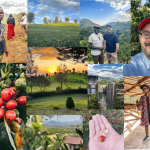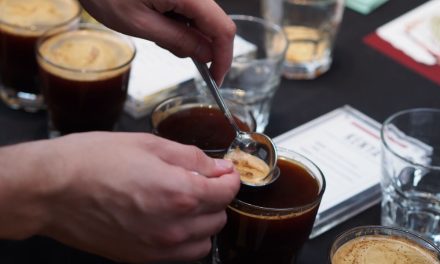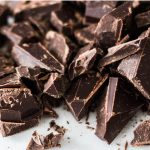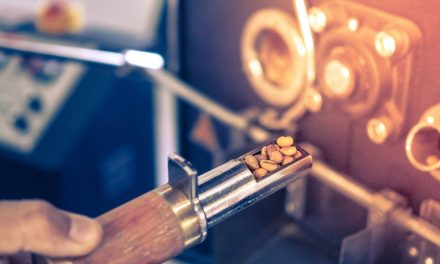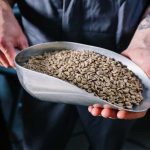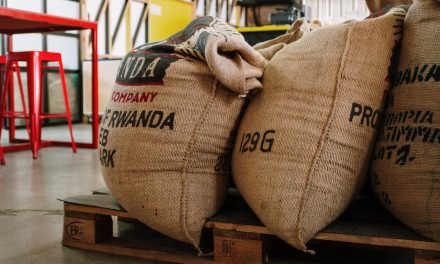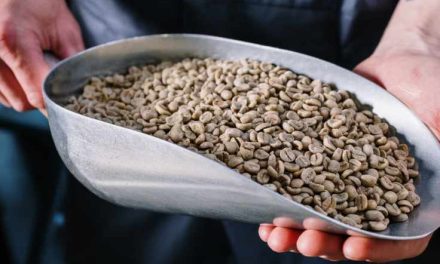
How you as a roaster modulate bitter substances in coffee
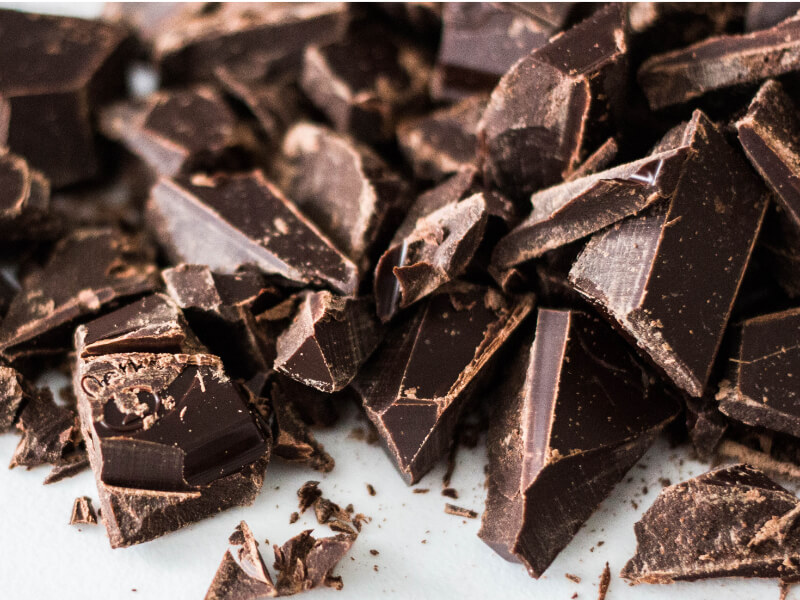
Are you one of those people who think bitter substances in coffee are great? Or are bitter substances in coffee really creepy for you?
The amount and taste of bitter substances in coffee regularly ignite tempers.
What’s more, bitter substances are often considered a sign of “bad” coffee.
This article will help you…
understand why bitter substances affect us so much,
where the bitter substances in coffee come from,
and to understand what you can do to influence your coffee and its bitterness.
Why are we making such a fuss about the bitter substances in coffee? 4 attempts for an explanation
#1: The basis of sensory perception
Bitter is one of our five basic tastes, along with sour, sweet, salty and umami, and is therefore by definition important. We perceive bitter substances over the entire surface of the tongue, not just in a specific part of it, as is often assumed. Each of our taste buds has the ability to recognize every basic taste.
#2: The basis of biology
Most of us experience the taste of bitterness as unpleasant. Why is that? From a biological point of view, the taste of bitterness functions as a warning signal. The body says, “Danger! Something poisonous could be lurking here and kill you!” From an evolutionary point of view, it is our natural reflex to treat bitterness with skepticism.
#3: From history
Often, the taste of bitterness has negative connotations for coffee consumers. Ever since, coffee has been “enjoyed” with milk and sugar, and this was already the case with the Ottomans and the Austrians several hundred years ago. Consumers are increasingly experiencing that coffee can also taste non-bitter and, surprisingly, similar to tea.
#4: Sensory error
Nevertheless, many coffee drinkers confuse “sour” and “bitter”, which leads to coffee with a high acidity often being dismissed as “much too bitter”, while coffee professionals look on in confusion. We will deal with why this is the case in another article.
The dose makes the enjoyment
Bitter components in coffee are often praised for providing the desired balance. It is only the right ratio of acidity, sweetness and bitterness that makes a coffee taste good. If there is too much of a particular substance in our cup, the coffee tastes off, perhaps it stings or lays like a long-lasting film on our tongue. This is unpleasant and a good reason to leave the cup where it is (with a heavy heart).
Before we look at how we can influence the amount of bitter substances, we should know which bitter substances arise when: Which ones does the plant bring with it and which ones do we influence through roasting and preparation?
The 3 causes that make any coffee bitter
First: the coffee cherry itself
The coffee cherry itself produces bitter substances, and two of them occur most frequently: one is caffeine and the other is chlorogenic acid. Let’s start with caffeine.
This is naturally higher in a Canephora, after all, it produces caffeine to keep annoying mosquitoes away with this poison. Arabica plants usually grow at altitudes where it is simply too cold for mosquitoes. They therefore do not need as much caffeine.
Contrary to their name (“… acids”), chlorogenic acids are bitter-tasting. We could write a whole article about these acids, but for now, it is enough for us to know that chlorogenic acids have an antioxidant effect, both in the coffee plant and in humans.
The coffee plant produces chlorogenic acids for many reasons, including to help rebalance its stress levels. This is because plants can also be stressed. In the case of coffee plants, this can be caused by excessive heat from sunlight or unexpected cold. Therefore, a constant climate is optimal and necessary for these plants.
The plant balances out smaller fluctuations itself. And this antioxidant effect of chlorogenic acids is also extremely beneficial for us humans, because they slow down cell aging.
Secondly: the roast
During the roast, bitterness can arise again: melanoidins, which are formed during the Maillard phase, are noticeable as bitter substances.
They also have other functions, for example, they give the coffee its color, contribute to the crema in espresso and contribute to the sensation of mouthfeel (“body”).
During the further roasting process, caramelization can occur. Sounds delicious? Yes, but here, too, a sense of proportion is required, because we all know that burnt carbohydrates are not at all tasty. They only taste like burnt sugar: bitter, unpleasant.
If we go overboard with the roasting, turning sweet caramel into burnt, bitter brown sugar, we add another bitter kick to our coffee.
Thirdly: Preparation
Particular care is required when preparing a coffee.
Unlike some other beverages (e.g. wine), we can ruin or detract from the flavor with just a few simple steps.
The source of excessive bitterness here is over-extraction. This leads to an unbalanced cup and can cause the coffee drinker to have a milk-sugar reflex.
Fortunately, there are recipes and standards that we can follow to avoid over-extraction. By recipes, we mean a suitable ratio of water and coffee grounds, which leads to just enough extraction to ensure that enough bitter substances, sweetness and acidity end up in the cup.
Ideally, we aim for an extraction rate of between 18 and 22 percent.
Conclusion: What parameters can I influence as a roaster?
First, let’s ask ourselves the question of questions: How bitter should it allowed to be? Do we want to find bitter substances explicitly in our cup, or do we only want to find fewer bitter substances in the cup?
Every roaster has to decide this for themselves, because it also touches on questions of the customer base and the target market or the planned preparation.
So we can start at these points:
Selecting the coffee type: Do you prefer Arabica or rather a Canephora?
Selecting the roast profile: lighter roasts tend to contain fewer melanoidins and caramelization products, while darker roasts contain more.
Selecting the preparation: if we provide consumers, restaurant and coffeeshop owner or technicians with the right parameters for a balanced preparation, we no longer leave over-extraction to chance, but help with the preparation.


